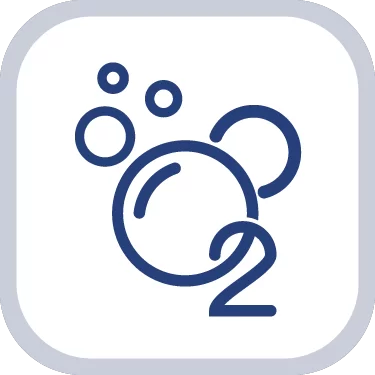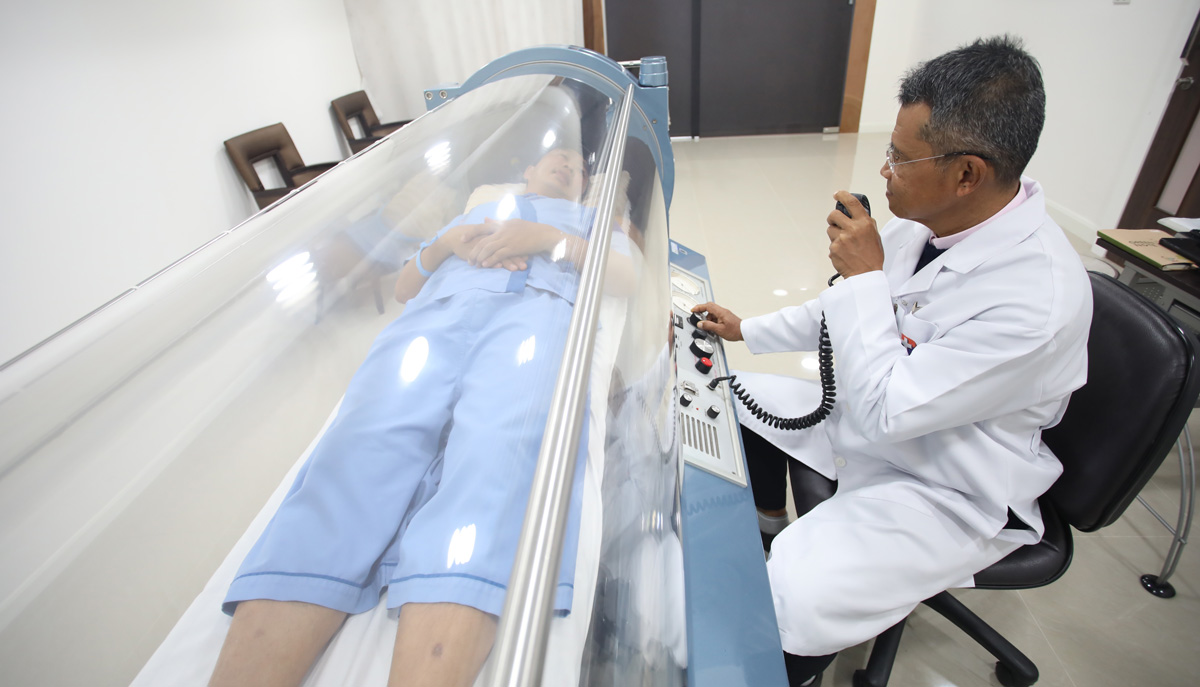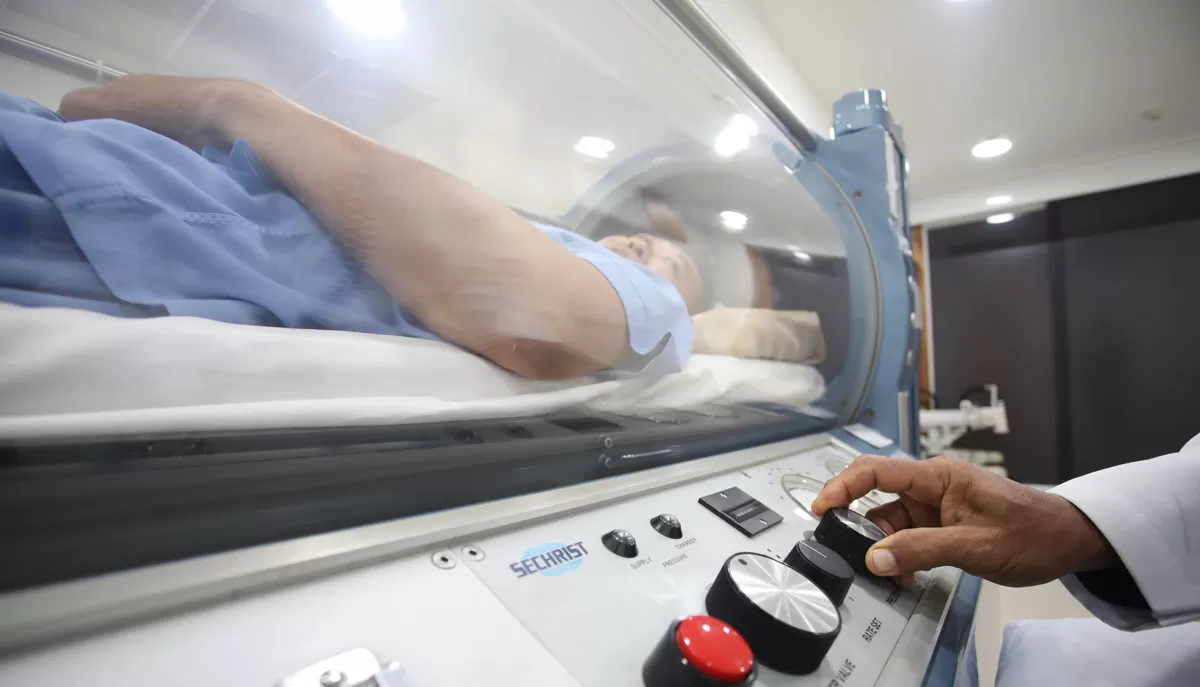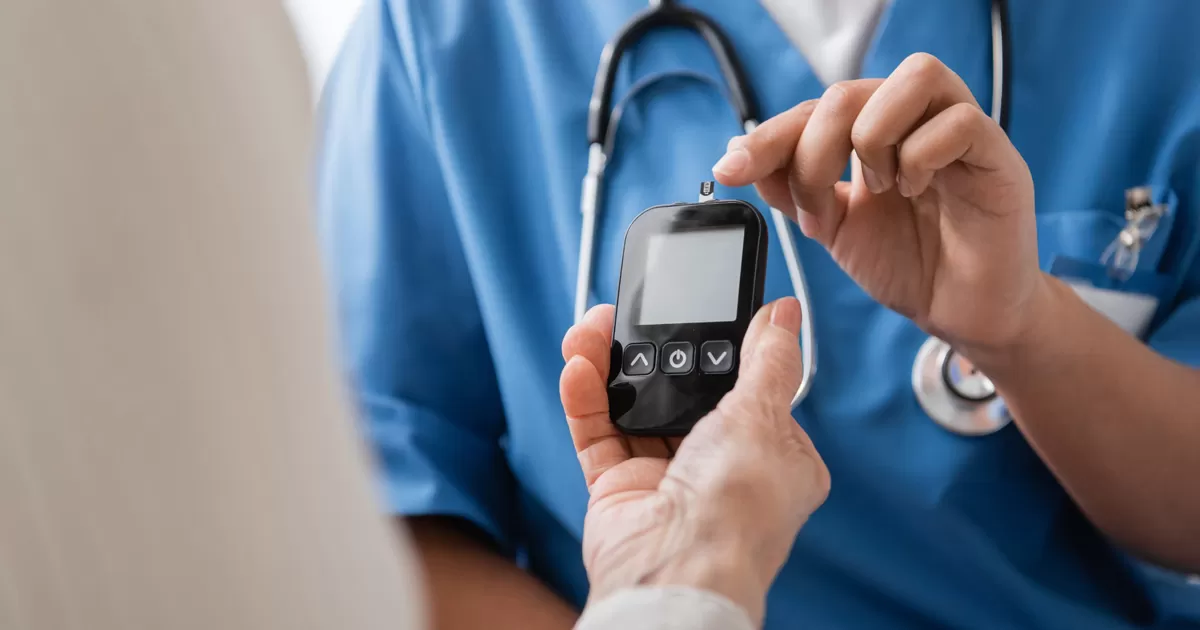
Hyperbaric Oxygen Therapy Center
Home > Services > Centers & Clinics > Hyperbaric Oxygen Therapy
Hyperbaric Oxygen Therapy (HBOT) is a treatment in which a patient breathes 100% oxygen while inside a hyperbaric chamber at the pressure greater than one atmospheric pressure. The body can take up more oxygen than would be possible even breathing pure oxygen at atmospheric pressure.
A hyperbaric chamber (HBC) was developed to treat many patients, including divers, pilots, and astronauts all of whom have been exposed to different atmospheric pressures. Hyperbaric oxygen therapy has been recommended and also used to speed up healing in a wide variety of medical conditions and illnesses.
Lack of Oxygen will lead to death if we are deprived of it even for only a short time. The air that we breathe enters the nose or mouth, then directed toward to the trachea and into the lungs. In a process called diffusion, oxygen moves from the alveoli to the blood through the capillaries (tiny blood vessels) lining the alveolar walls. Once in the bloodstream, oxygen gets picked up by the hemoglobin in red blood cells. This oxygen-rich blood then flows back to the heart, which pumps it through the arteries to tissues requiring oxygen throughout the body. Carbon dioxide, made by the cells as they do their work, moves out of the cells into the capillaries. Blood rich in carbon dioxide then returns to the heart via the veins. From the heart, this blood is pumped to the lungs, where carbon dioxide passes into the alveoli to be exhaled
The cells in our bodies need oxygen to stay alive. Blood carries oxygen to the brain and heart, organs which require oxygen to function more than other organs. Shortness of breath causes dizziness because the brain is not getting enough blood flow. A lack of oxygen to the brain can cause cerebral edema and can damage brain cells even resulting in their death.
Today, the use of oxygen as a medication or medical treatment in both acute and chronic conditions is common. It may also be indicated for other people where their injury or illness has caused low oxygen levels. In some cases, oxygen flow should be moderated to achieve oxygen saturation levels by using HBOT to deliver 100% pure oxygen to the patients.
Hyperbaric Oxygen Therapy (HBOT) increases the pressure to allow more oxygen to be absorbed into the plasma. At a pressure of 3 atmospheres, dissolved oxygen approaches 60 ml/l of plasma. The treatment infuses concentrated oxygen, approximately 20 times the normal level, through a decompression chamber. The chamber enhances the oxygen flow through the blood stream, which decreases tissue swelling, healing wounds rapidly, forming new blood vessels and helping white blood cell destroy the harmful substance.
Hyperbaric Oxygen Therapy has been shown to significantly increase the concentration of circulating stem cells approximately 8 times that of the normal level. Stem cells have remarkable potential to develop into many different cell types and serve as the body’s primary internal repair system.
Hyperbaric oxygen therapy is used to treat several medical conditions and medical institutions use it in different ways
- Treat for Decompression Sickness (Caisson Disease) and Bubbles of air in blood vessels (called Arterial Gas Embolism: AGE)
- Rapid recovery of spinal cord edema and tissues hypoxia from injuries
- Reducing post-surgical bruising of wounds
- Healing the deep and chronic infections such as gas gangrene, chronic osteomyelitis and necrotizing soft tissue infections
- Treat for soft tissue radiation necrosis and osteoradionecrosis
- Speeding up healing for non-healing wounds such as a diabetic ulcer and pressure sores
- Treat for carbon monoxide poisoning
- Healing burns
- Anemia from exceptional blood loss: when a blood transfusion is impossible or delayed
Absolute contraindication for HBOT is untreated pneumothorax (abnormal air outside the lungs) During HBOT, the patient needs to neutralize the internal pressure. To assist patients with respiratory diseases such as respiratory infection or sinusitis, especially untreated pneumothorax (abnormal air outside the lungs), they should ideally be evaluated by pre-operation examination and chest X-rays before the therapy.
During HBOT, if the pressure in the hyperbaric chamber (HBC) is more than three times normal air pressure, chorea (a type of fit) may be one of the initial symptoms that can occur. To prevent this side effect of HBOT, the hyperbaric physician will control pressure in the HBC less than three atmospheric pressure (Less than 60 feet seawater level).
The increased pressure can create tinnitus, earache or pain from sinusitis or a temporary feeling of fullness in the ears, similar to what you might feel in an airplane during landing. For this reason, we suggest you to consult directly with the hyperbaric physician.
At the Bangkok Hospital Pattaya, we provide medical specialists, hyperbaric physicians and technicians who has experience from naval underwater medicine and aero medicine at Royal Thai navy to perform in the HBC with the high technology equipment to serve our patients with professional and high quality service. During HBOT, our hospital uses a monoplace hyperbaric chamber to treat the patient with experience and privacy. Monoplace HBC, which treats a single patient at a time, and is typically pressurized by pure oxygen. There is no need for a hood or mask for patient. With our monoplace HBC, the patient can watch television or rest.












